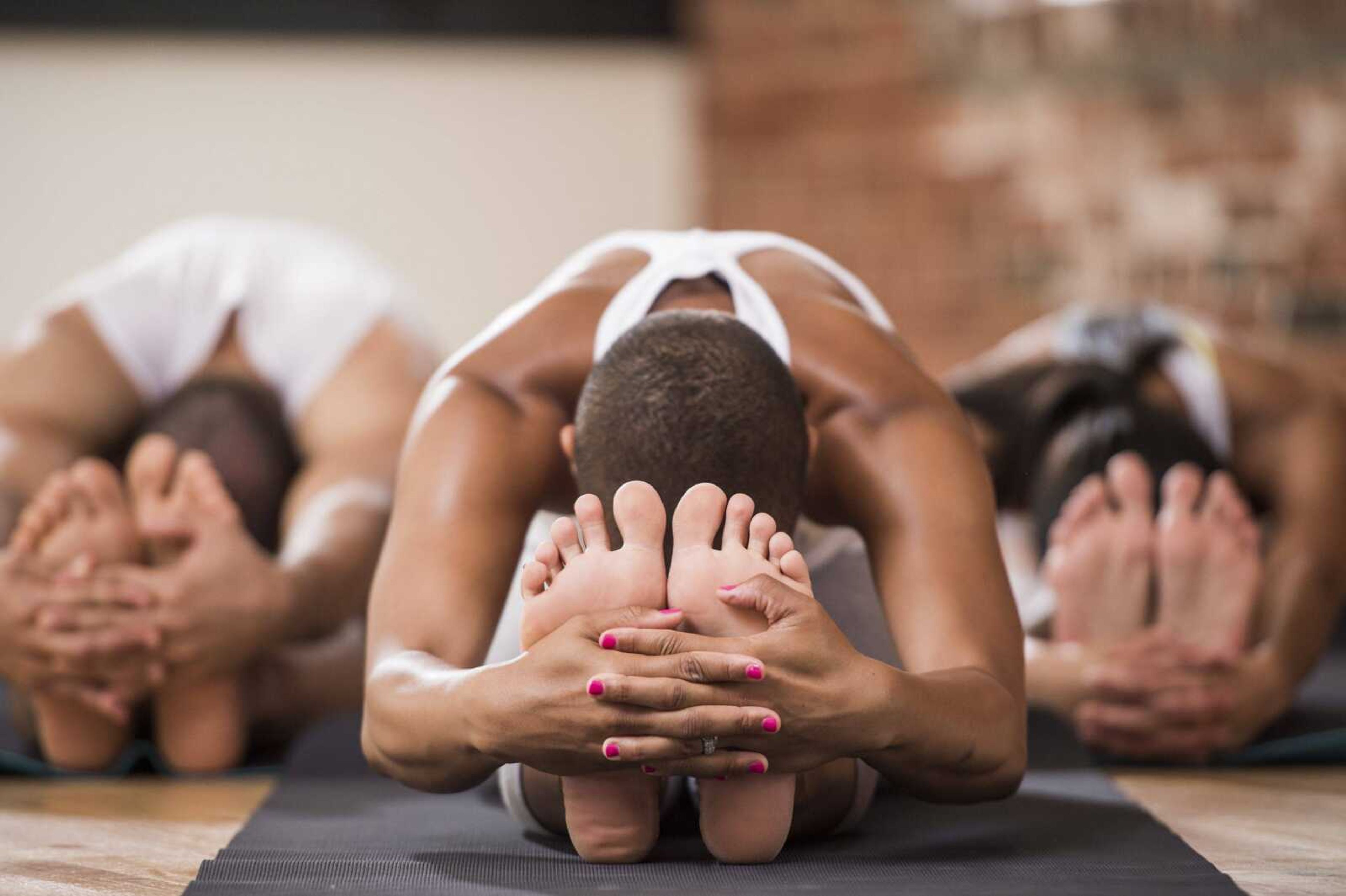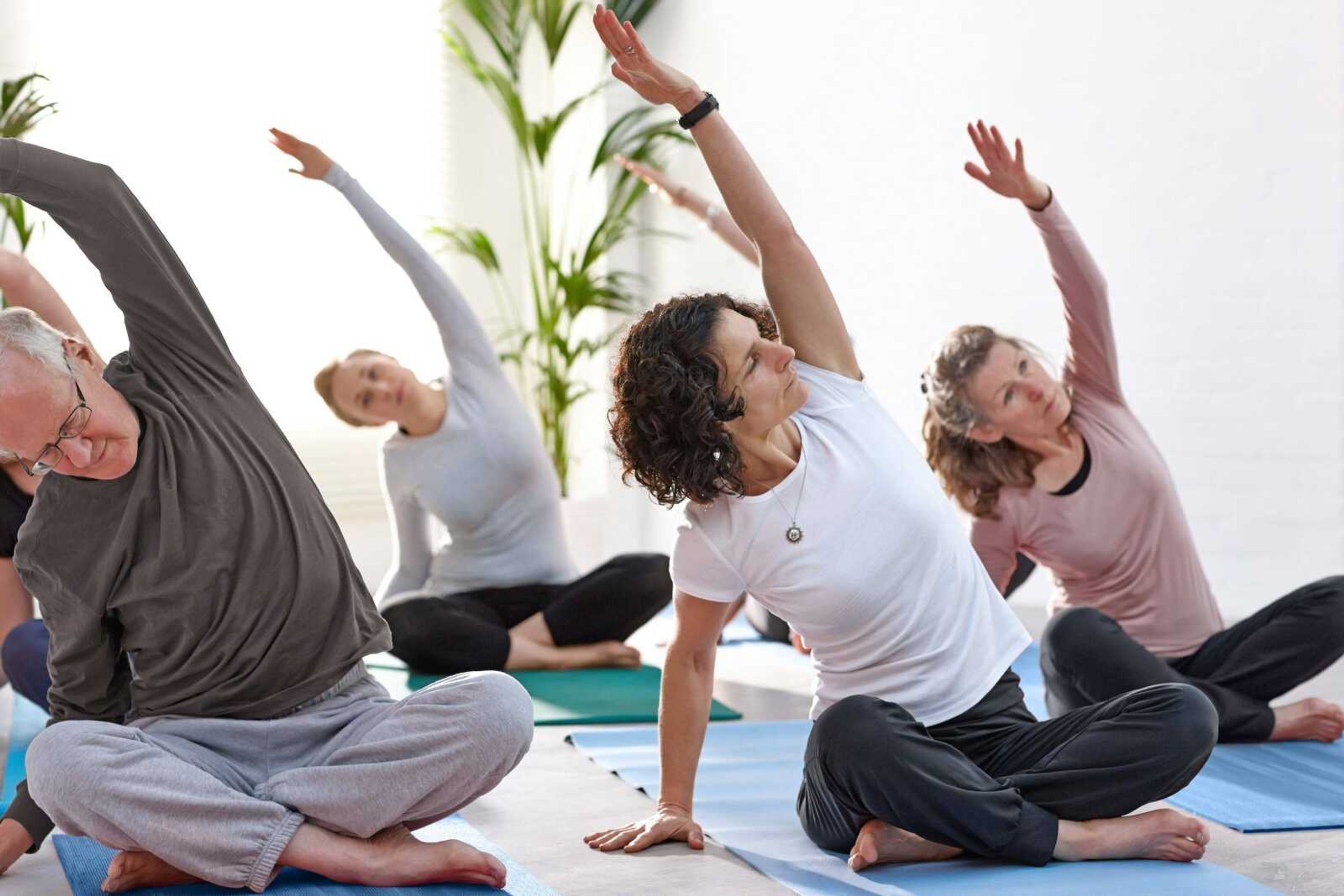Staying active and retaining flexibility help preserve good posture, encourage healthy living
What is ideal posture? For many, the image of a soldier at attention may come to mind: head high, neck straight, shoulders back, upper torso out and midsection directly lined over the lower body. While that may provide an excellent picture of static posture, it's just that...
What is ideal posture?
For many, the image of a soldier at attention may come to mind: head high, neck straight, shoulders back, upper torso out and midsection directly lined over the lower body.
While that may provide an excellent picture of static posture, it's just that.
In reality, human beings do not function rigidly. We are fluid creatures with a complicated assembly of muscles, tendons, ligaments and bone.
To be sure, movement is facilitated by good posture, but that in itself is an elusive term.

With more than 7 billion people on Earth, there are plenty of options for good posture.
"Every person differs in it," says Brian Stevens, DC, of Stevens Chiropractic, who has been practicing in Cape Girardeau for 29 years. "It depends on their job and everything else and the many different body types that there are."
Truth be told, very few have picture-perfect posture. We come off the assembly line with flaws from head to toe: Spines not always straight, shoulders uneven, pelvises tilted, legs unequal in length, varying arches in the feet.
Throw in life's rigors, like accidents, wear and tear, poor diets, awkward sitting and sleeping positions, and problems arise.
Even the non-rigor is a major nemesis.

"We just see people become more sedentary, which is a problem," Stevens says.
It can all add up to rigidity in joints designed to move and problems with functional posture.
Stevens and his business associate Chris Crawford, DC, deal with myriad problems on a daily basis.
Stevens says he's seen patients who at first glance possess ideal posture, but do so through a series of compensations that mask abnormalities in the spine and elsewhere.
Stevens and Crawford use flexibility to gauge body alignment, which is their specialty.
"I think Chris and I both probably look at, how is their flexibility from their ankles to their knees, to their hips, and then how easy it is for them to keep that posture, and if their alignment is good, then it's easier for them to keep good posture," Stevens says.
Crawford says consequences of poor alignment include tightness in the muscles, pain, tension and headaches.
"There's any number of things with bad alignment," Crawford says.
Stevens and Crawford say lower-back issues are the most common problems they encounter, often brought on by prolonged sitting in a variety of situations, whether at a desk at work, driving, watching TV, reading or sitting with a phone.
"Sitting for a long time without getting up is a major, major problem," Crawford says. "I mean, you'd be surprised how many people are sitting at their desk five, six hours without getting up, and that puts a lot of pressure on your spine in general."
Stevens cites professional drivers and other people frequently on the road as particularly prone to lower-back problems due to constant compression on the spine.
"We see so many jobs where people drive," Stevens says. "They're driving 800 to a 1,000 miles a week, and that's probably one of the hardest positions on your spine without getting out and moving about. You've got to be able to do that."
In a society of increased technology, inactivity, a nemesis to flexibility, has found its way into lifestyles of people of all ages.
And problems arising in one area can cause compensation by other muscles, causing chain-reaction effects and problems that might appear unrelated to the untrained eye.
"They figure out how they can move mechanically and not be in pain," Crawford says. "They probably have no idea they're actually probably doing more harm to themselves by not being in good position."
Stevens calls it a "riding mechanism" in the body, which always tries to keep the head over the pelvis, regardless of position, which sometimes means a contortion of the spine.
Foot problems are notorious for sparking problems elsewhere, igniting problems in the knees, hips and lower back, and Stevens says alignment starts from the ground up, starting with good footwear.
Common advice they offer to patients is avoiding flip flops, especially inexpensive ones. Wallets carried in a back pocket also are an overlooked instigator, adding pressure on the hip and lower back when the wearer is seated. Routine habits like crossing legs while in a seated position can affect circulation to muscles and put stress on the back muscles, and awkward body positioning while lifting can cause injury.
They also recommend avoiding dairy products and processed foods, which they say are associated with inflammation and other health problems.
Stevens and Crawford also stress stretching for all participants before partaking in an activity. They believe decreased emphasis on physical-education programs in school has been detrimental to the awareness of stretching and flexibility among younger people.
"We see some bad habits getting developed and people getting lower-back pain at an earlier age, and they shouldn't," Stevens says.
Youth can mask a lot of alignment problems, but Stevens says problems invariably arise down the road.
"If that joint is not aligned and your posture is not good, you are going to get eventual deterioration and wear and tear," Stevens says. "It's going to lead to arthritic change. Degenerative joints is what's going to happen."
Crawford says chiropractic adjustments is actually taking away restrictions in a joint.
"You're basically creating movement in the joint so it's not restricted from any movement," Crawford says.
Stevens says many people associate loss of flexibility to aging and are unaware of the effects of inactivity.
"Get out and move," Stevens says. "People need to be much more active, and they'll stay younger. They really will stay younger."
Crawford adds, "It doesn't need to be super ridiculous fitness stuff. It's just getting out and walking."
Connect with the Southeast Missourian Newsroom:
For corrections to this story or other insights for the editor, click here. To submit a letter to the editor, click here. To learn about the Southeast Missourian’s AI Policy, click here.









